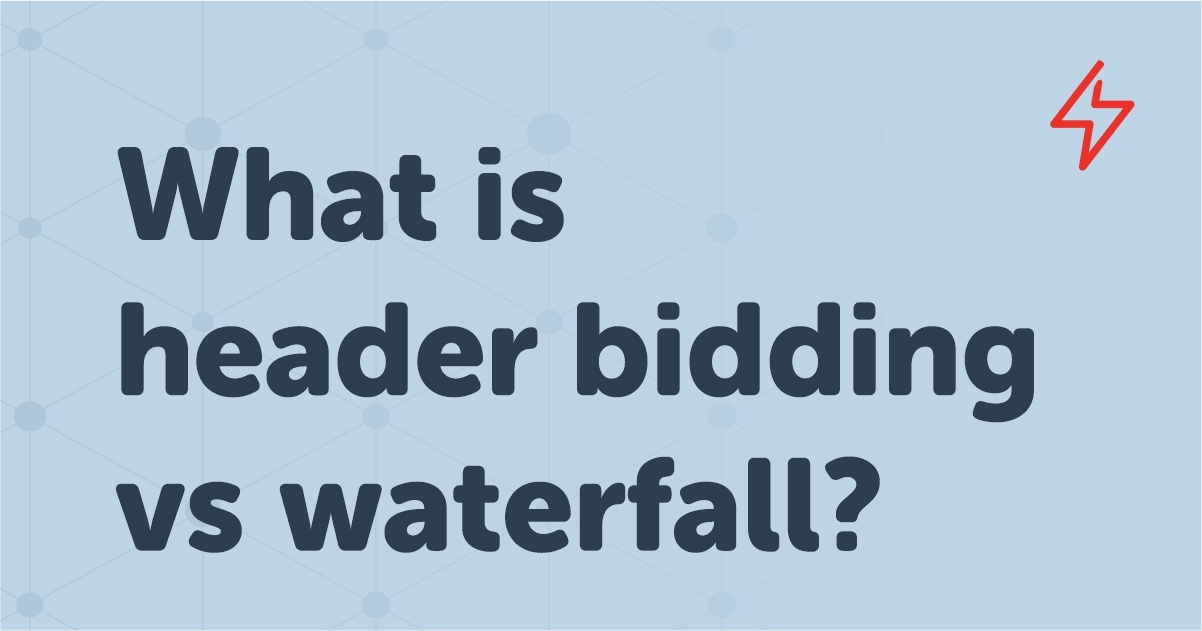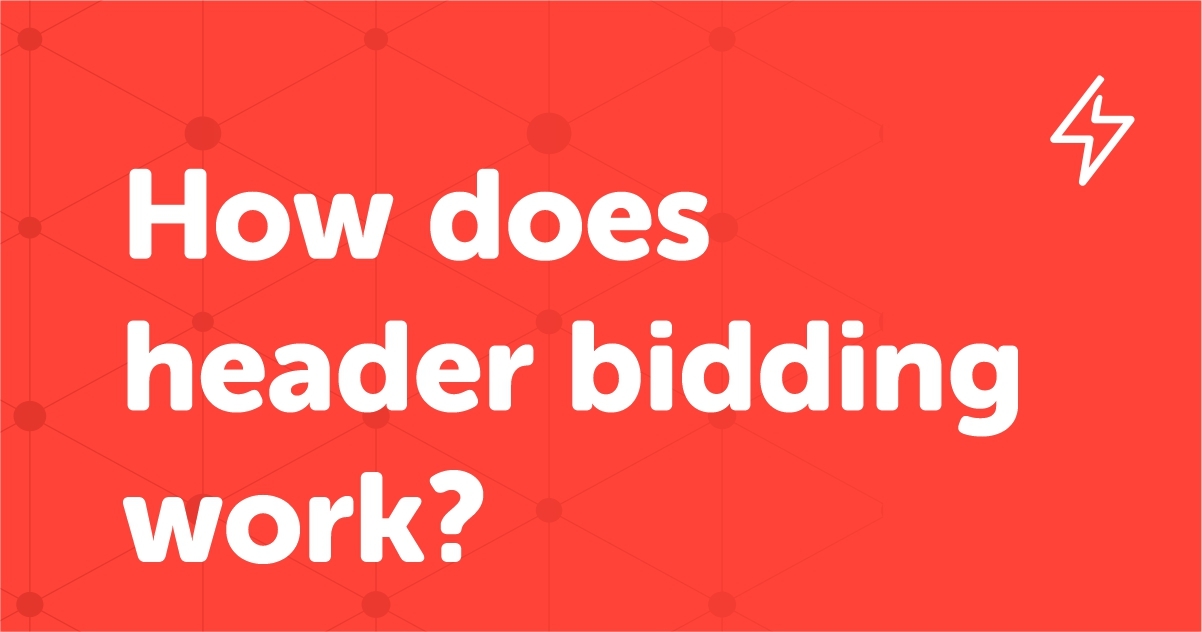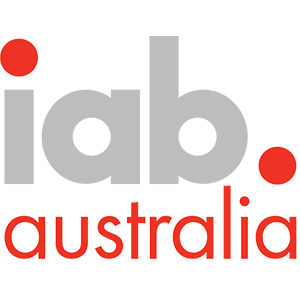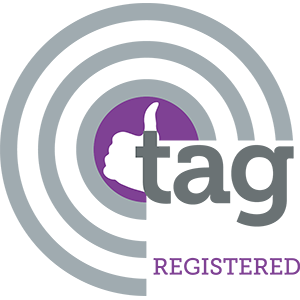Table of Contents
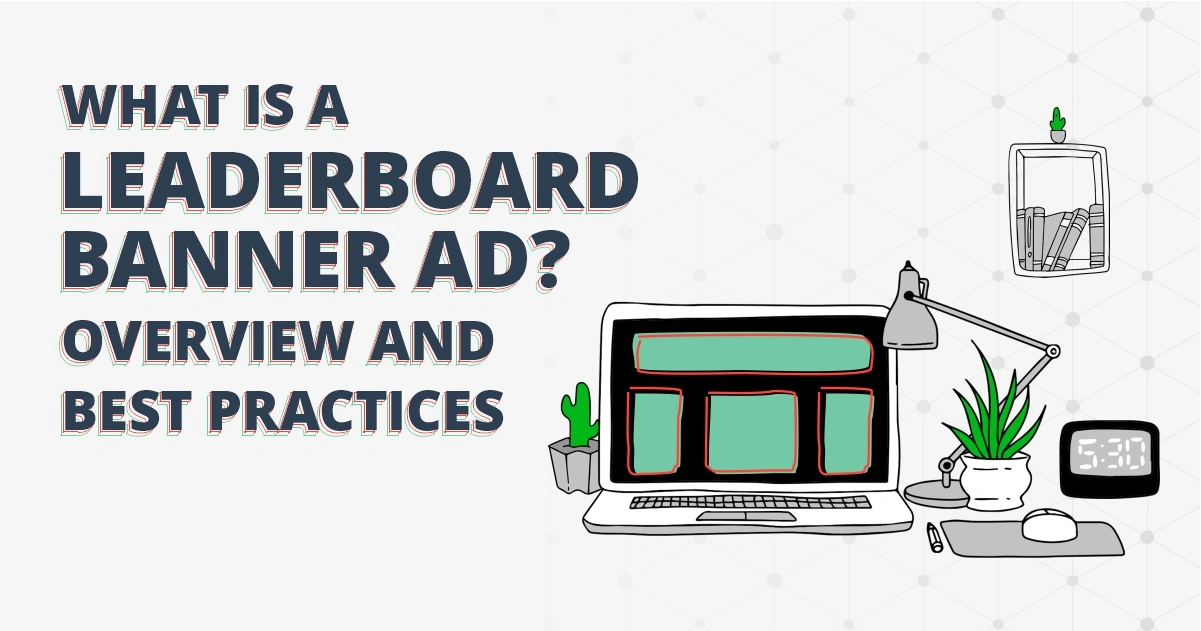
Display advertising has shown exponential growth in recent times, and it is expected to grow even more. In 2021, global display advertising had the most significant ad spend share at $238 billion (Source: Statista). To make the most of this growing market, publishers are constantly looking to improve their ad revenue through new ad formats, adding additional ad spots, or joining new publisher networks. However, the leaderboard banner ad has been a high-yielding solution and continues to be so.
This blog post will discuss the ad format, its top features & types, best practices to maximize revenue with leaderboard ads, and why you should try them.
What is a Leaderboard Ads?
Leaderboard banner ads are ads that are most likely located at the top of the website and are usually 728 x 90 pixels in size. Because of their placements, these banner ads come with high visibility and are ideal advertisement spaces. Moreover, they are part of the Interactive Advertising Bureau (IAB) standard ads, making them even more profitable for publishers.
As a result, these ads are among the top-performing ads in Google Ads Manager and have cemented their place in the ever-growing AdTech Industry. Even though they are almost the shortest banner size at 90 pixels, carefully designed and optimized leaderboard ads can prove to be a revenue-driving avenue for publishers. In short, these ads cannot be missed, and if you are a publisher, you should be leveraging them to increase impressions, clicks, and in turn, revenue.
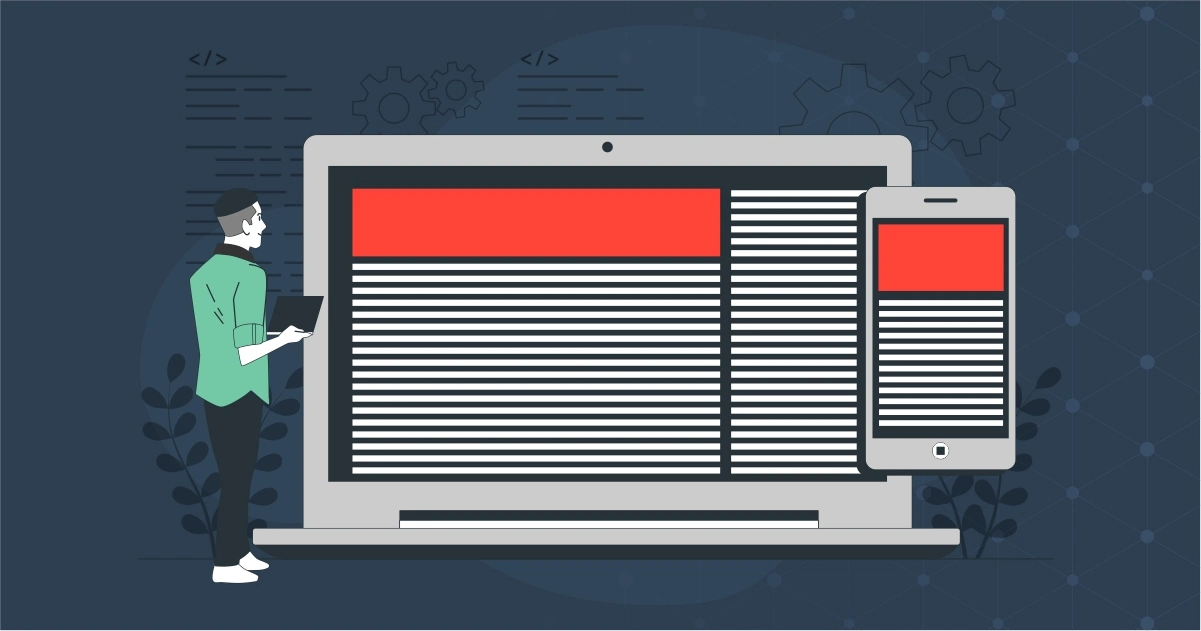
Top Features and Advantages of Leaderboard Ads
It is no secret that leaderboard banner ads have performed well for publishers and advertisers. But what’s the secret sauce behind it? Here are some features and advantages of using leaderboard ads.
Easy To Use: Leaderboard ads are easy to use and can prove to be a revenue-driving force if executed efficiently. With wide acceptance across the globe, the leaderboard ad ecosystem has grown significantly, helping publishers and advertisers to learn from the success and failures of countless others before them.
Flexible In Nature: Leaderboard advertisements are incredibly flexible and can be molded as per the publisher’s requirements. While the most recommended position of the ads is the top, many publishers witness significantly better results when placed in the middle of the content or at the bottom. This helps reduce banner blindness — a user’s tendency to ignore page elements that they believe (correctly or incorrectly) are ads.
Global Acceptance: The leaderboard banner ad format is globally accepted across all ad solutions, making it universal. This leads to universal pricing and multi-device optimization support. For example, while leaderboard ads are utilized mainly on desktops, they work exceptionally well with tablets and mobile devices as well. Combining the leaderboard format with other ad formats can also help in increasing user engagement, click-through rate, and revenue.
Types Of Leaderboard Ads
There are two major types of leaderboard ads; super leaderboards, and mobile leaderboards.
Super Leaderboards
Super leaderboards, also known as super banners and large leaderboards, are a slightly wider version of the traditional leaderboard banner ad. They were introduced in 2013 by Google as an alternative to standard leaderboards, but they have remained a secondary choice since (Source: Martech). The super leaderboard ad size is 970 x 90 pixels, rather than the standard 728 x 90 pixels.
Publishers can leverage adding 970×90 super leaderboard ads along with the standard 728×90 leaderboard ads, ensuring combined demand from both sizes.
Mobile Leaderboards
As mobile penetration grows across the globe, providing a non-intrusive ad experience becomes all-important. While website content can be mobile optimized easily, mobile web optimization for ads is equally essential. This is where mobile leaderboard advertisements come in. The mobile leaderboard ads support sizes of 320×50 and 320×100 pixels and are approved as per IAB standards. Moreover, they are one of the best performing ads on Google AdSense, incentivizing both publishers and advertisers to invest in them.
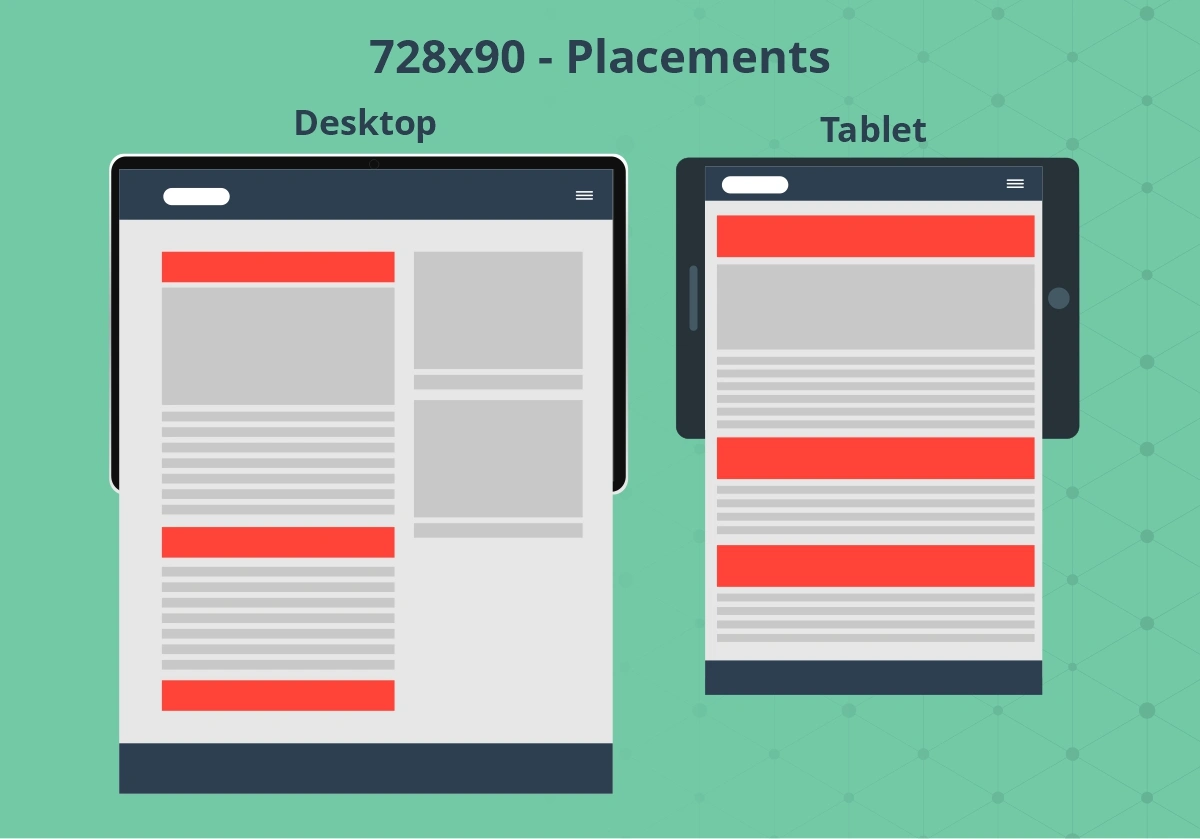
Best Practices of Leaderboard Ads
If you are implementing leaderboards, employing the best practices to maximize viewership and revenue is essential. Here are some key practices you should take note of before implementing banner ads:
- Experimentation Is Key: Even though leaderboard banner ads work well, experimentation with placement can be your key to success. While many websites witness high visibility at the top, it is not valid for others. It might be beneficial to look for leaderboard ad examples on other websites in your industry to find the correct approach.
- Quality Over Quantity: The age-old saying of quality over quantity stands true for leaderboard ads as well. As we can see with the leaderboard ad size, a high-quality image is essential. Low-quality images not only degrade the user experience but also significantly impact revenue. Moreover, ensure that the ads fit your website’s theme, as highly contrasting images can hamper the aesthetics and successively the viewer experience.
- Native Advertising: When using leaderboard ads, publishers can also try native advertising, using ads that match the look, and feel of the website. This adds to the aesthetic value of the website, providing a better user experience while capturing the attention of the viewer.
Why should you try Leaderboard Ads?
Leaderboard banner ads come with a lot of benefits and features, much of what we have discussed above. If you are still wondering about whether or not to try out leaderboard ads, here are three reasons you should.
Superior User Experience
User experience (UX) has become a key metric for advertisers and publishers. Users shy away from websites that offer multiple ill-placed and intrusive ads, which significantly hampers their viewing experience. Therefore, ad placement, amount, and intrusiveness have become critical factors. Finding common ground is essential when injecting UX into advertising, and leaderboard ads are the ideal solution.
Compared to many other ads, including the pop-up, fly-in, and interstitial, leaderboard ads are much less intrusive and can be aesthetically pleasing to supplement the user experience.
Maximum Viewability
When users visit a website, they will see the banner ad first, before viewing anything else. This helps you get the message across early, and grab the user’s attention before moving on to the content. The high viewer rate can prove to be fruitful in generating revenue.
Better Click-Through Rate
Instead of covering a large part of the website, leaderboard ads leverage the horizontal axis at the top while being negligible in height. Therefore, they are considered less intrusive than many other formats that often take up a larger space. But the sacrifice in size keeps pace with its prominent position, which brings in a better click-through rate (CTR). While the CTR may vary across industries, creating a high-quality leaderboard ad design can get better click-through rates than these larger ad formats.
Leaderboard ads have been around for several years, and their popularity is still growing. As website publishers deploy these successful leaderboard ads, it becomes critical to fully utilize the potential to monetize websites. However, while the leaderboard banner ads have many features, it is often advised to experiment to find out what works best for your website.
AdSparc’s AdSuite uses leaderboard ads in FootAd, HeadAd, and ComboAd formats to create more unique ad placements with higher viewability rates. Our proprietary technology platform monetizes Out Of Page placements. These ads are generally used in non-utilized space on a website and are always highly viewable ad units with viewability rates as high as 95%. These ad units attract high CPM rates & fill rates and offer high yield opportunities to the publishers.
With AdSparc’s next-generation publisher monetization solutions, we are helping publishers leverage the best-in-class technology and data insights to increase their revenue. With our improved solutions, you can be future-ready and compliant while increasing revenue. Interested in getting our next-gen solutions? Request a free callback today!
Also Read: What is Supply Path Optimization (SPO) in programmatic?
